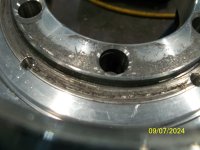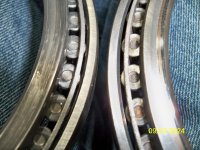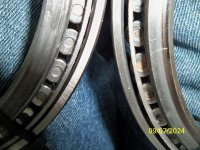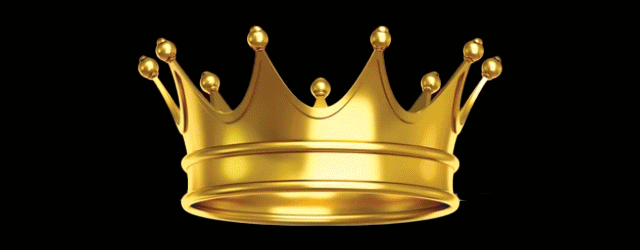I could not agree more KLC. You are spot on.
The aftermarket is filled with poorly designed parts with near zero actual QC other than aesthetics and it will not likely change. Why is that? I feel it is because there is less money made on well designed products and true QC. No endless maintenance and sale of replacement parts that are highly inflated price wise. It is not forced upon the makers of said parts since the vast majority of people using these inferior designed parts have no clue as to what is correct . They will always have bragging rights for the broken/damaged parts because their buggy has the "power to tear shit up" or the old"I really drive my shit hard and that is why I keep breaking whatever". No,the truth is that the damn $$$$ parts are shit to begin with and actually designed to need excessive maintenance and replacement $500 bearings and $80 and/or $45 seals. This topic is a perfect example of poorly designed crap from some well known ,even respected,builders. I'm not pointing any fingers ,they know who they are.
BTW,since I'm in the mood,those $500 Timken 934 mids bearings can be readily had (genuine Timken)for approx $175 depending on where bought and those $45 inner seals can be had for a whopping $9 ea.Yes,I just bought 10 for $9 apiece including shipping from the UK. Haven't looked for the $80 outer seal yet as I have 2 sets of the $80 ones on the shelf.Yes,we are getting hosed. I am sooooo tired of getting the hose. I am now on my 2nd set of mids,,and both are the same crap. No way to set preload without machining and the same old BS that they have to have way excessive preload or they will destroy themselves. What a joke,a very bad joke. I'm very fortunate to have lathes and mills to correct this shoddy crap. Most people are at the mercy of excuse makers/service providers for the manufacturers that profit from said crap designs and have no choice but to accept it.
All it would take to prevent most ,if not basically all,mid board bearing service would be a true inner seal instead of the nearly useless dust seal that is used and a simple shim set to set bearing preload. Those 2 very simple things would make hub bearing service almost a thing of the past. Yes,the cv would still need regular service and that could be done without any hub disassembly unless a cv needed replaced.. As to the oil bath for bearingssuggestion and also the cv in oil bath,that is doable. But since almost everyone running a conventional 930/934 midboard would never care it is not a viable option,IMO. From the price point now on mid hubs there really is no excuse for the improvements not being done. At the very least the preload should be set on each and every one going out the door whether new or freshly serviced. That obviously is not the case.





